Related Literature
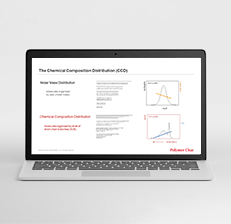
Webinar: What is Chemical Composition in Polyolefins and why it should be part of your GPC Analysis
Webinar Chemical Composition Distribution in Polylefins
Date: December 2022
Speaker: Alberto Ortín
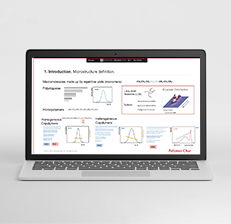
Webinar: Modern Separation Techniques for Polyolefin Microstructure Characterization
Webinar Modern Separation Techniques
Date: November 2021
Speaker: Alejandro Fernández
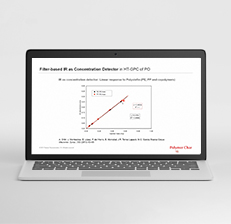
Webinar: Recent developments in the characterization of Polyolefins. An overview of modern separation techniques.
Webinar ABPol
Date: March 2021
Speaker: Alberto Ortín

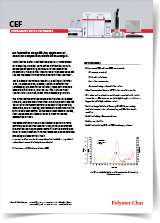
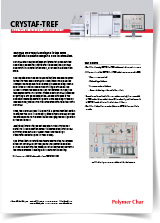
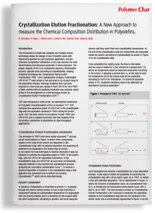
Application Note: Crystallization Elution Fractionation (CEF) in Polyolefins
Published in LCGC EU
December 2011
B. Monrabal, N. Mayo, L. Romero, J. Sancho-Tello
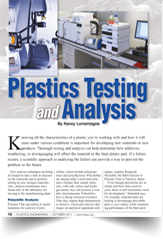
Article: Plastics Testing and Analysis
Published in Plastics Engineering. Society of Plastics Engineers (SPE)
October 2011. Pages 10-16
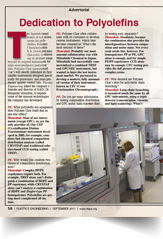
Article: Dedication to Polyolefins
Published in Plastics Engineering. Society of Plastics Engineering (SPE)
September 2011
Pages 58-59
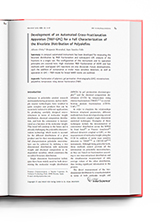
20 Years of polyolefin HPLC: Accomplishments and challenges
Published in: European Polymer Journal, Volume 200, 112491
November 2023
Authors: Harald Pasch, Paul Eselem Bungu

Composition analysis of post-consumer recycled blends of linear low- and low-density polyethylene using a solution-based technique
Published in Wiley Journal of Applied Polymer Science
May 2023
Author: Meysam Hashemnejad
Research & Development
Lyondellbasell

Quantification of PP contamination in recycled PE by TREF analysis for improved the quality and circularity of plastics
Published in Polymer Testing
Volume 100, 107273
August 2021
Author: Rafael Juan , Beatriz Paredes , Rafael A. García-Muñoz , Carlos Domínguez
LATEP, Polymer Technology Laboratory
Rey Juan Carlos University

Chemical Composition Separation of EP Copolymers by CEF and HT-SGIC: Crystallization versus Adsorption
Published in: Macromolecular Chemistry and Physics 2013
Volume 214, Pages 2165-2171
Authors: S. Cheruthazhekatt, N. Mayo, B. Monrabal, H. Pasch.
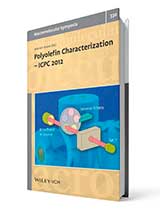
Advances in Thermal Gradient Interaction Chromatography and Crystallization Techniques for Composition Analysis in Polyolefins
Published in: Macromolecular Symposia. Polyolefin Characterization, ICPC 2012.
Volume 330, 2013, Pages 9-21, Wiley-VCH.
Authors: Benjamin Monrabal, Esther López, Loli Romero

Poly(propylene) Heterophasic Copolymers: Molecular Structure Analysis through Fractionation Techniques
Published in: Macromolecular Symposia. Polyolefin Characterization, ICPC 2012.
Volume 330, 2013, Pages 30-41.. Wiley-VCH.
Authors: S. Liberman, A. P. de Azeredo, F. P. Dos Santos, M. A. da Silva, B. Monrabal, N. Mayo
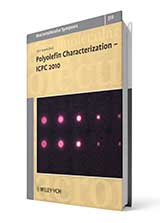
Crystallization Elution Fractionation and Thermal Gradient Interaction Chromatography. Techniques Comparison.
Published in: Macromolecular Symposia. Polyolefin Characterization, ICPC 2010.
Volume 312, 2012, Pages 115-129. Wiley-VCH.
Authors: B. Monrabal, N. Mayo, R. Cong.

Characterization of Polypropylene–Polyethylene blends by Temperature Rising Elution and Crystallization Analysis Fractionation
Published in: Analytical and Bioanalytical Chemistry. Separation Science of Macromolecules.
ISSN 1618-2642, Volume 399, Number 4, 2011, Pages 1557-1561.
Authors: B. Monrabal, P. del Hierro.
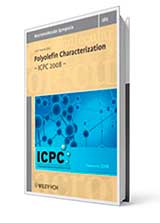
Advances in Crystallization Elution Fractionation
Published in: Macromolecular Symposia. Polyolefin Characterization, ICPC 2008.
Volume 282, 2009, Pages 14-24. Wiley-VCH.
Authors: B. Monrabal, L. Romero, N. Mayo, J. Sancho-Tello.

Phase Structure and Crystallization Behavior of Polypropylene in-Reactor Alloys: Insights from Both Inter- and Intramolecular Compositional Heterogeneity
Published in: Macromolecules, 2007
Volume 41, Issue 3, Pages 826-833
Authors: H. Zhu, B. Monrabal, C. C. Han, D. Wang
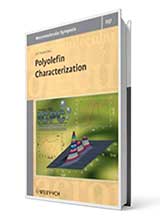
Synthesis and Characterization of Ethylene/Propylene Copolymers in the Whole Composition Range
Published in: Macromolecular Symposia. Polyolefin Characterization, ICPC 2006.
Volume 257, 2007, Pages 122-130. Wiley-VCH.
Authors: M. J. Caballero, I. Suarez, B. Coto, R. V. Grieken, B. Monrabal.

Crystallization Elution Fractionation. A New Separation Process for Polyolefin Resins
Published in: Macromolecular Symposia. Polyolefin Characterization, ICPC 2006.
Volume 257, 2007, Pages 71-79. Wiley-VCH.
Authors: B. Monrabal, J. Sancho-Tello, N. Mayo, L. Romero.

Development of an Automated Cross-Fractionation Apparatus (TREF-GPC) for a Full Characterization of the Bivariate Distribution of Polyolefins
Published in: Macromolecular Symposia. Polyolefin Characterization, ICPC 2006.
Volume 257, 2007, Pages 13-28. Wiley-VCH.
Authors: A. Ortín, B. Monrabal, J. Sancho-Tello.

Microstructure Characterization of Polyolefins. TREF and CRYSTAF. Progress in Olefin Polymerization Catalysts and Polyolefin Materials
Published in: Asian Polyolefin Workshop. Studies in Surface Science and Catalysis.
Volume 161, 2006, Pages 35-42.
Author: B. Monrabal

TREF and CRYSTAF technologies for Polymer Characterization
Published in: Encyclopedia of Analytical Chemistry
2000 Issue, Pages 8074 – 8094
Author: B. Monrabal

Polyolefin analysis by single-step Crystallization Fractionation
Published in: Journal of Polymer Science, 1999
Volume 37, Issue 6, Pages 539-552
Authors: L. J. D. Britto, J. B. P. Soares, A. Penlidis, B. Monrabal.

CRYSTAF: A new approach to the Composition Analysis of Semicrystalline polymers
Published in: Macromolecular Symposia.
Volume 110, 1996, Pages 81-86.
Author: B. Monrabal.
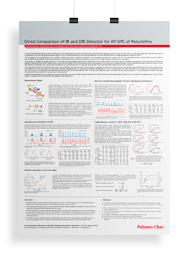
Poster: Reduction of solvent consumption in polyolefin characterization techniques
Poster
Presented at the 8th ICPC
2023

Poster: Advances in Dynamic Crystallization technique for the characterization of the Chemical Composition Distribution
Poster
Presented at the 8th ICPC
2023

Poster: Supporting the sustainability of polyolefins developing analytical methods for recycled materials
Poster
Presented at the 8th ICPC
2023

Poster: Characterization of Ethylene Vinyl Acetate copolymers by chemical composition distribution and molar mass distribution techniques
Poster
Presented at the 7th ICPC
2018

Poster: Automated analysis of the soluble fraction in PP resins by a modified TREF technique
Poster
Presented at the 5th ICPC
2014

Poster: Improvements in Sample Preparation of Polyolefins to prevent Polymer Degradation prior to GPC/SEC and CEF analysis
Poster
Presented at the 4th ICPC
2012
Document Request
To receive a copy by email please check the boxes above and complete the following form. Thank you for your interest.